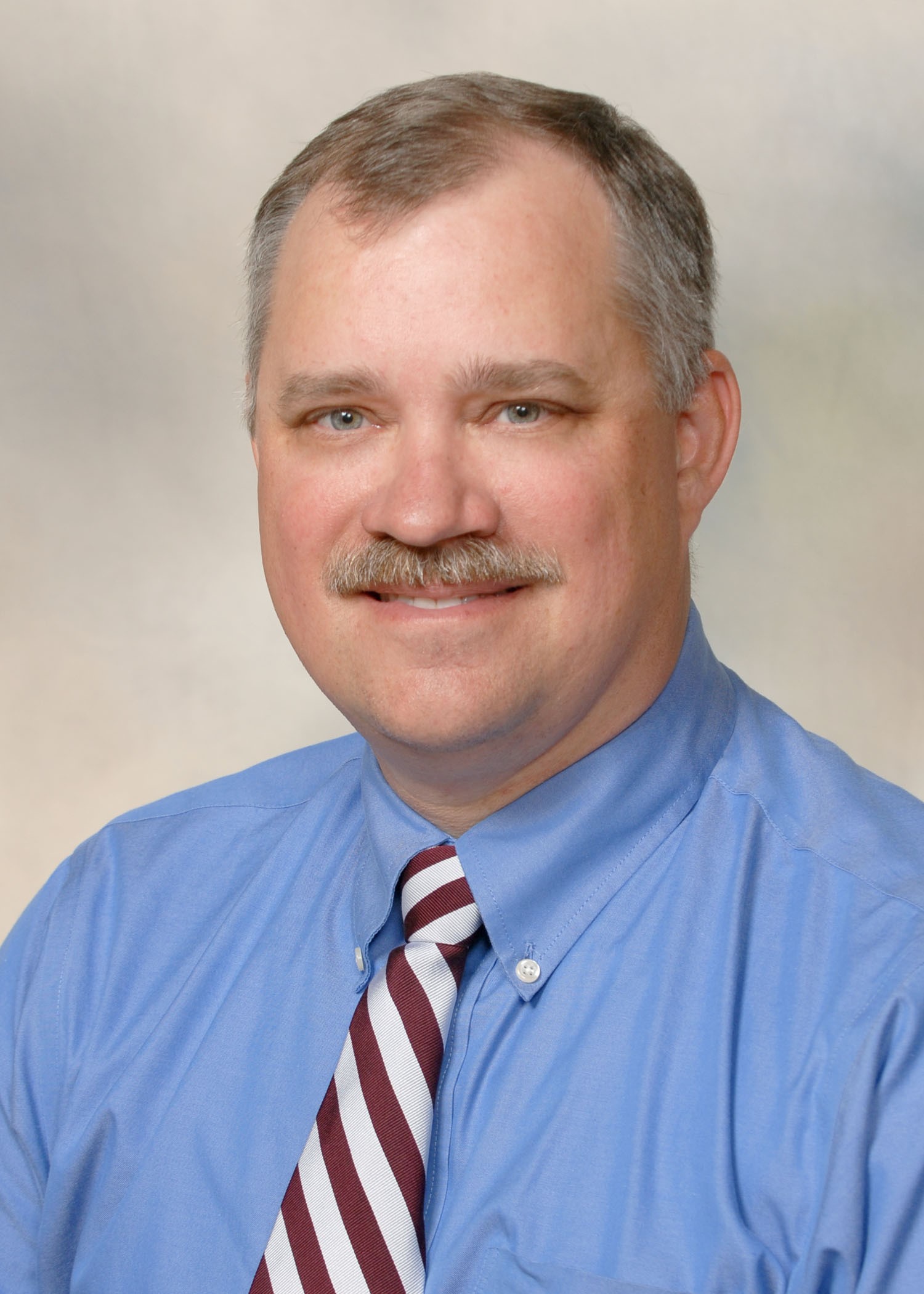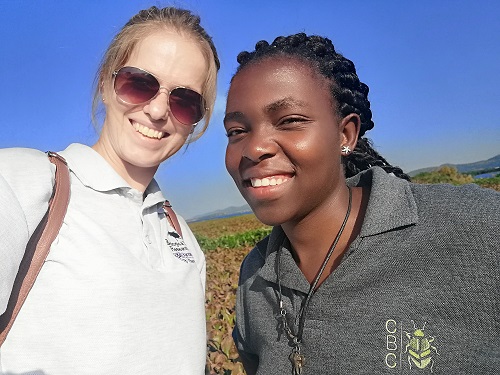
South Africa has made tremendous progress in managing the “Big Bad Five” aquatic weeds through biological control and integrated pest management (IPM). This includes water lettuce, Kariba weed, red water fern, parrot’s feather and the infamous water hyacinth. Because these plants occur on the water surface, it is relatively easy to measure their coverage and distribution. However, most of South Africa’s freshwater systems are disturbed and/or polluted, which weakens their ability to resist new aquatic plant invasions due to the high nutrients. Through the aquarium and horticulture trade, new aquatic plant invasions include submerged and emergent species such as Brazilian waterweed, yellow flag iris, pickerelweed and delta arrowhead. Coarse oxygen weed is a submerged aquatic plant indigenous to South Africa, but is invasive in New Zealand. The CBC is continuing work on this plant with native range surveys and assisting in finding a biological control agent for New Zealand.These species add a whole new dimension to aquatic plant sampling.
To obtain a better understanding of aquatic plant sampling rationale and techniques, PhD students Rosali Smith (works on Brazilian waterweed) and Nompumelelo Baso (works on coarse oxygen weed) spoke to Dr. John Madsen over Zoom in the first week of October. Dr. John Madsen is a research biologist from the U.S. Department of Agriculture, Invasive Species and Pollinator Health in California, USA. He has 40 years’ experience in research and management on aquatic plant species. He has also written several scientific papers on aquatic plant ecology, biology and management, which provides valuable information to both aquatic plant managers and researchers. In 2019, he also received an Outstanding Research / Technical Contribution Award from the Aquatic Plant Management Society for his contribution to students, researchers and technical workers with regards to aquatic plant management.
Information from the virtual meeting will be used to improve post-release surveys on Brazilian waterweed in South Africa as well as native range surveys on coarse oxygen weed for New Zealand. The CBC would like to thank Dr. John Madsen for his kindness and contribution.

PhD Candidates Rosali Smith and Nompumelelo Baso
